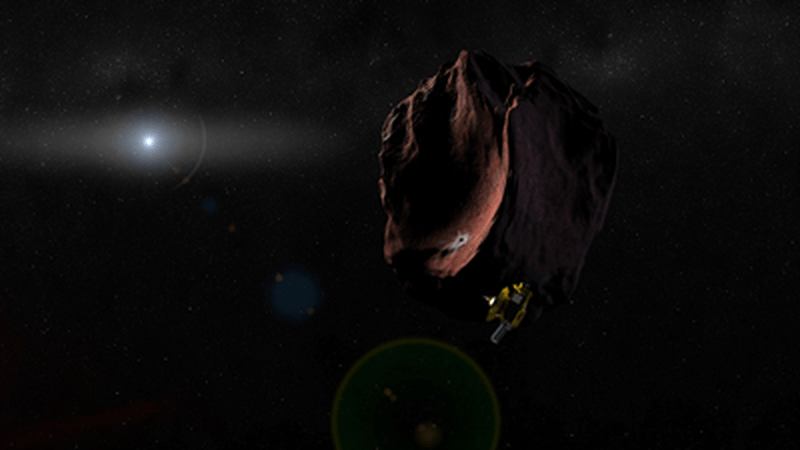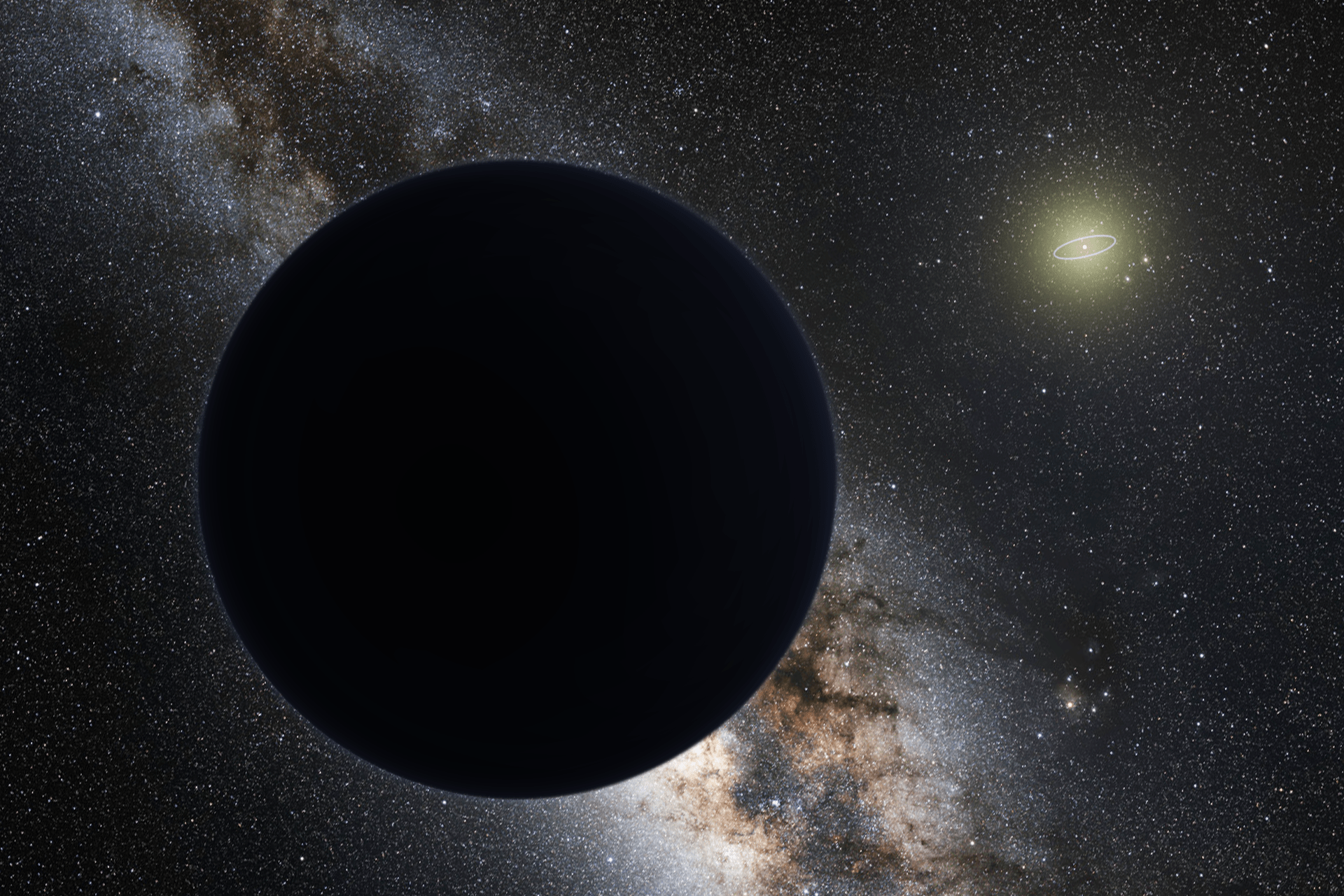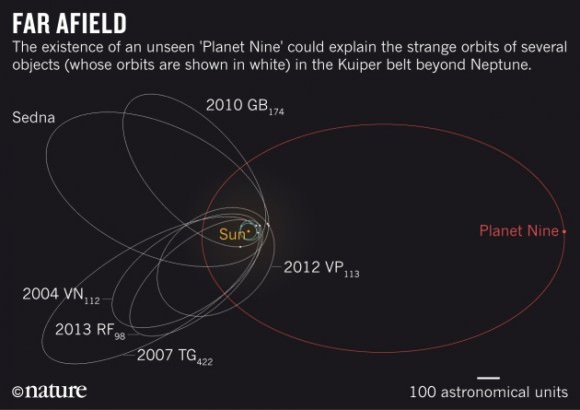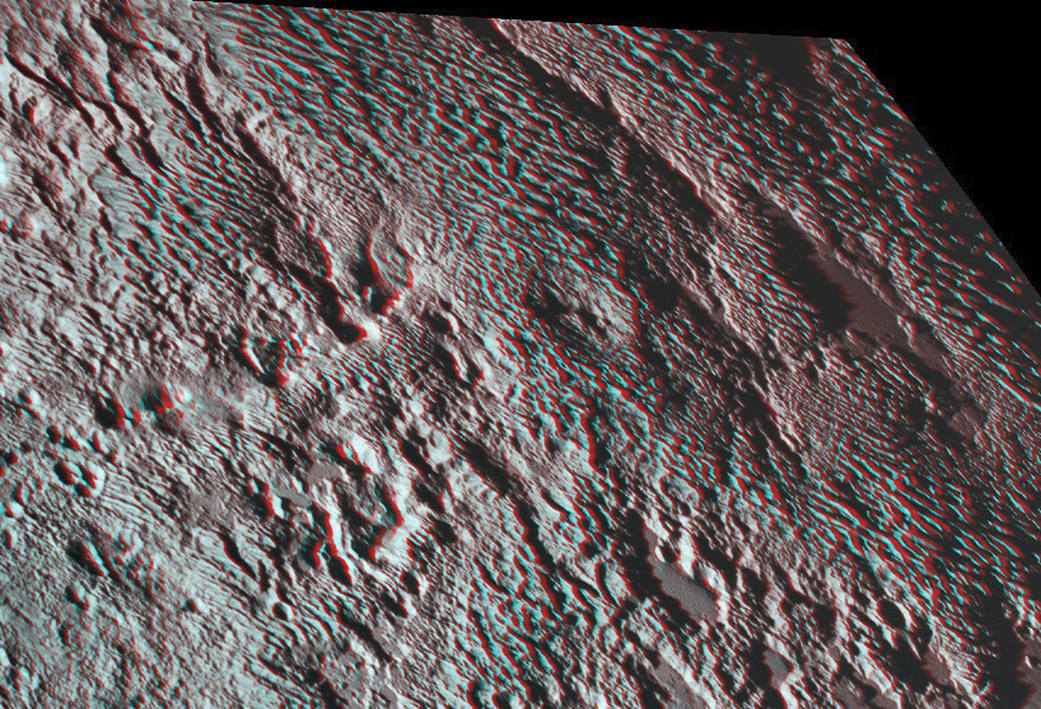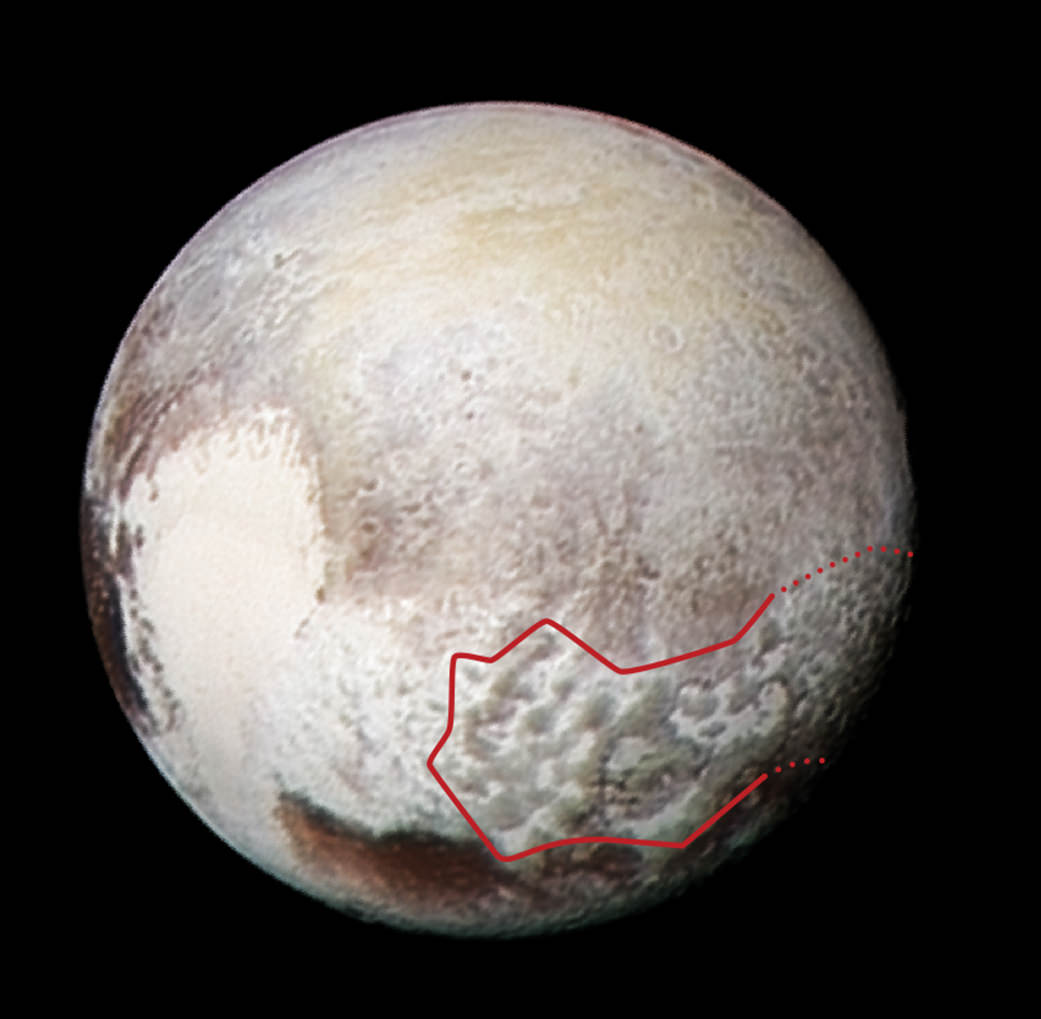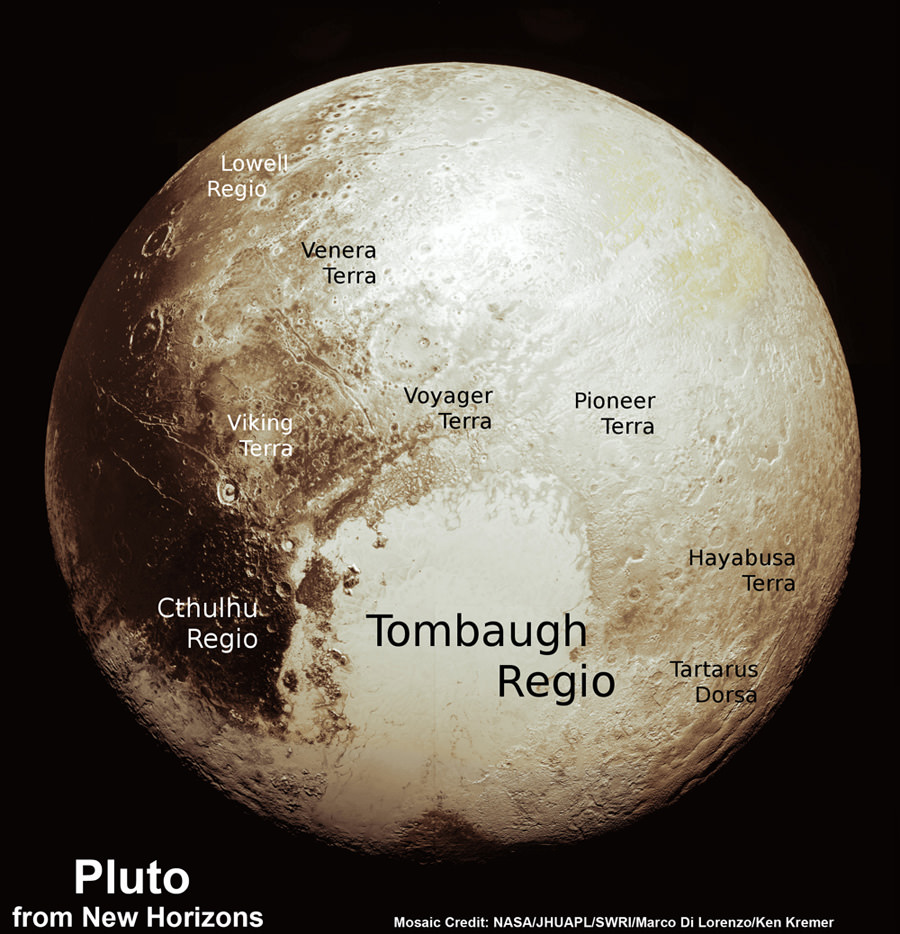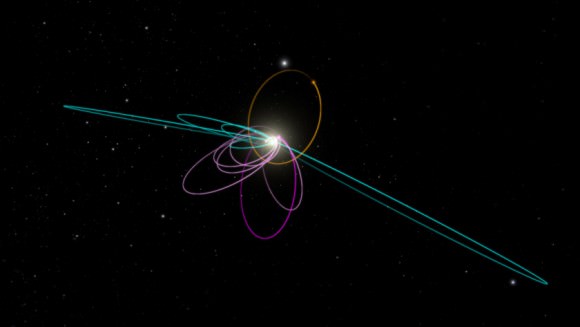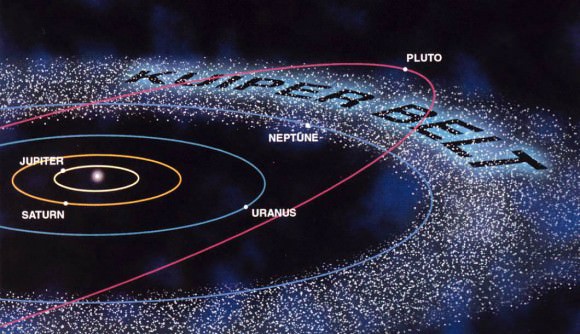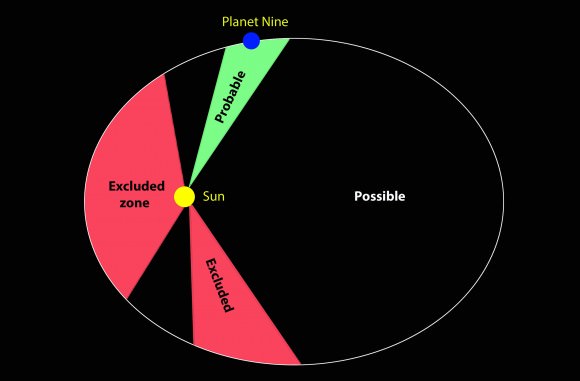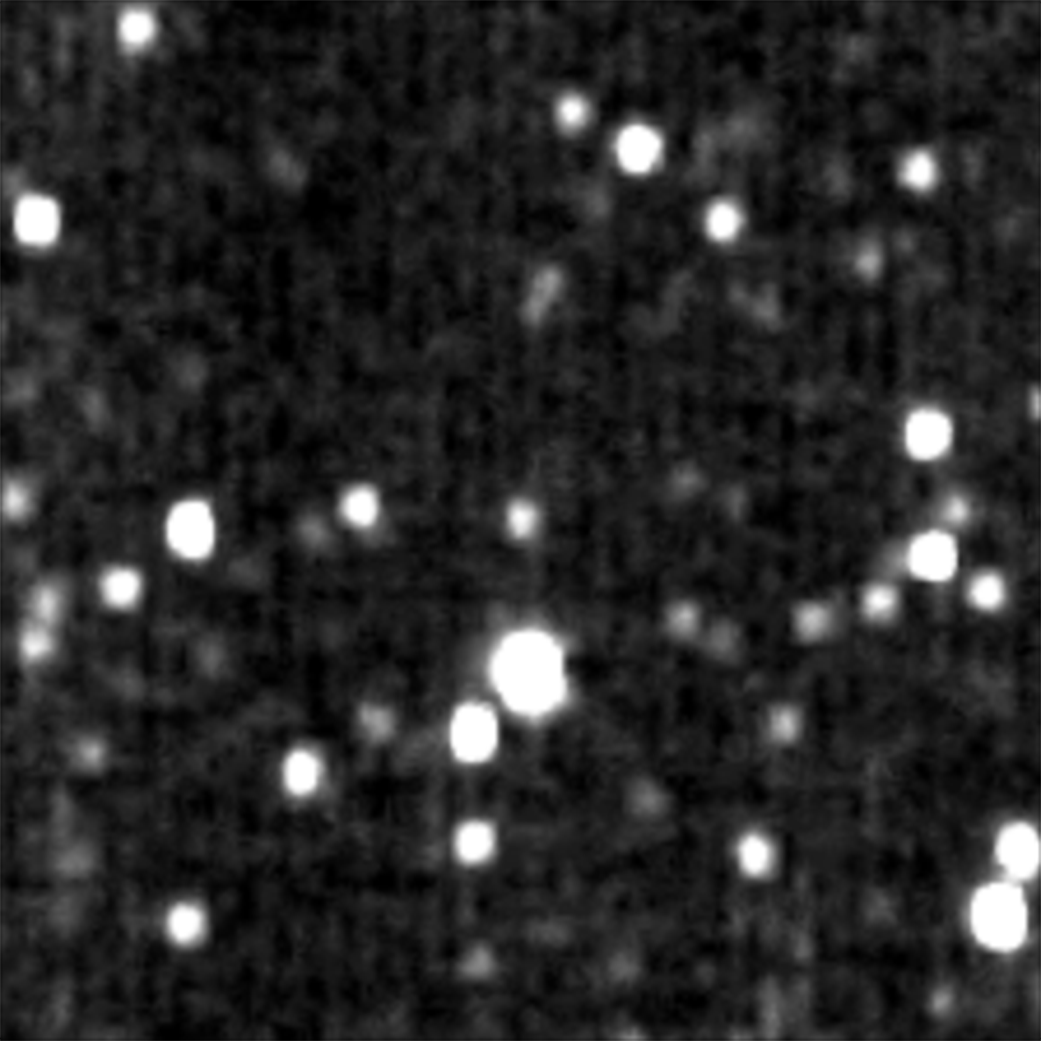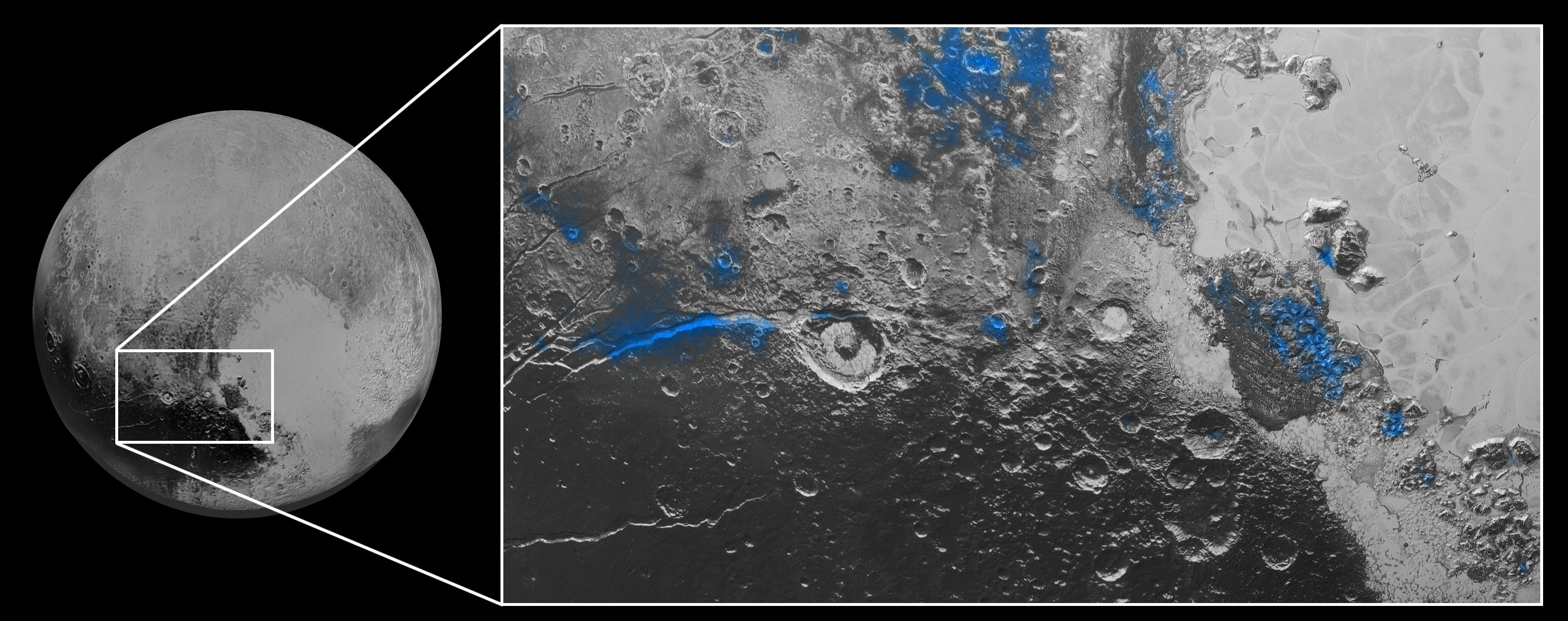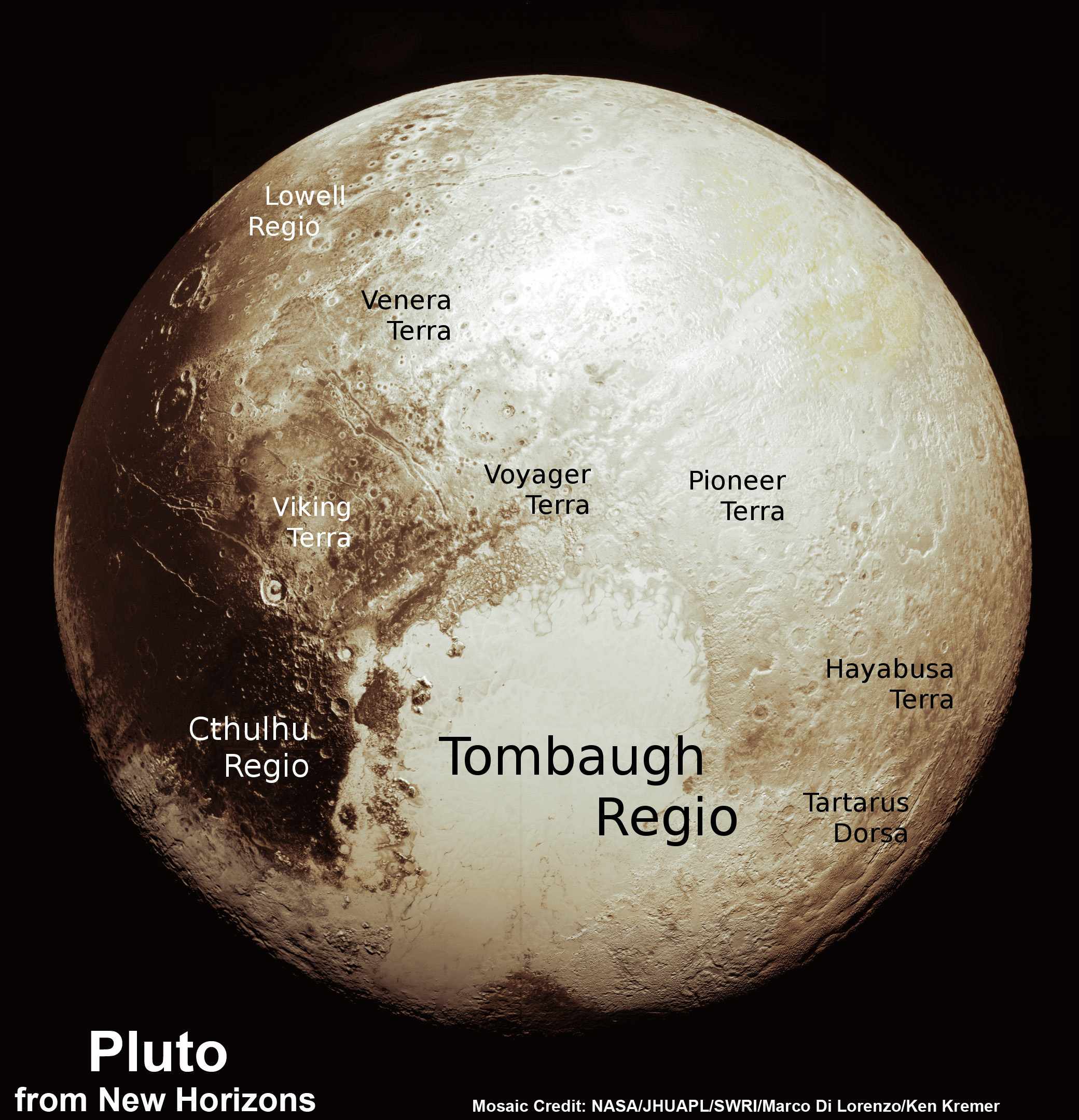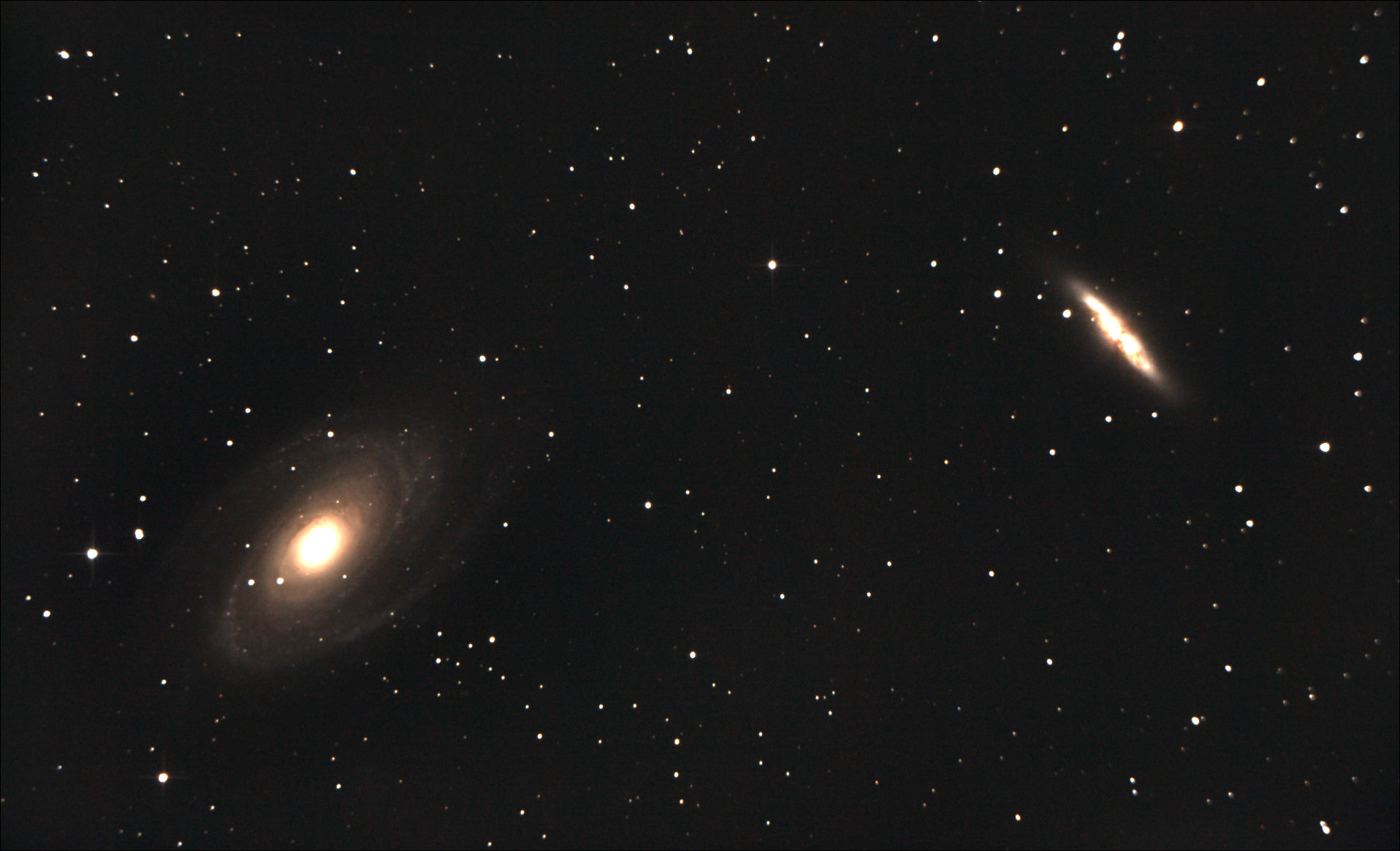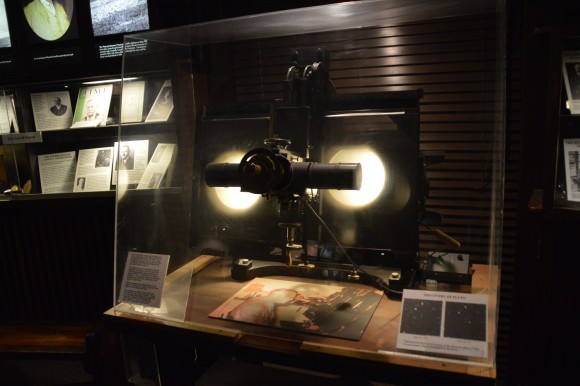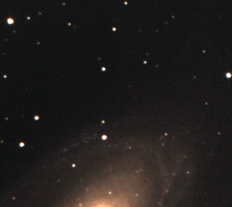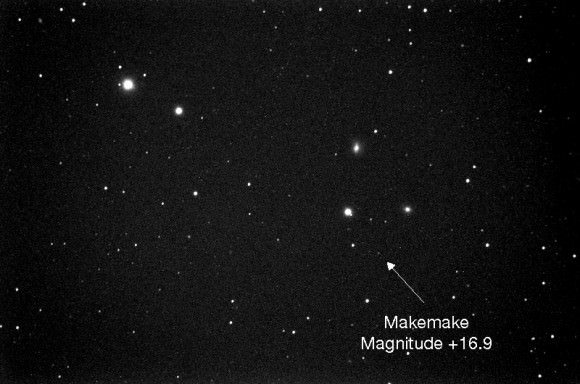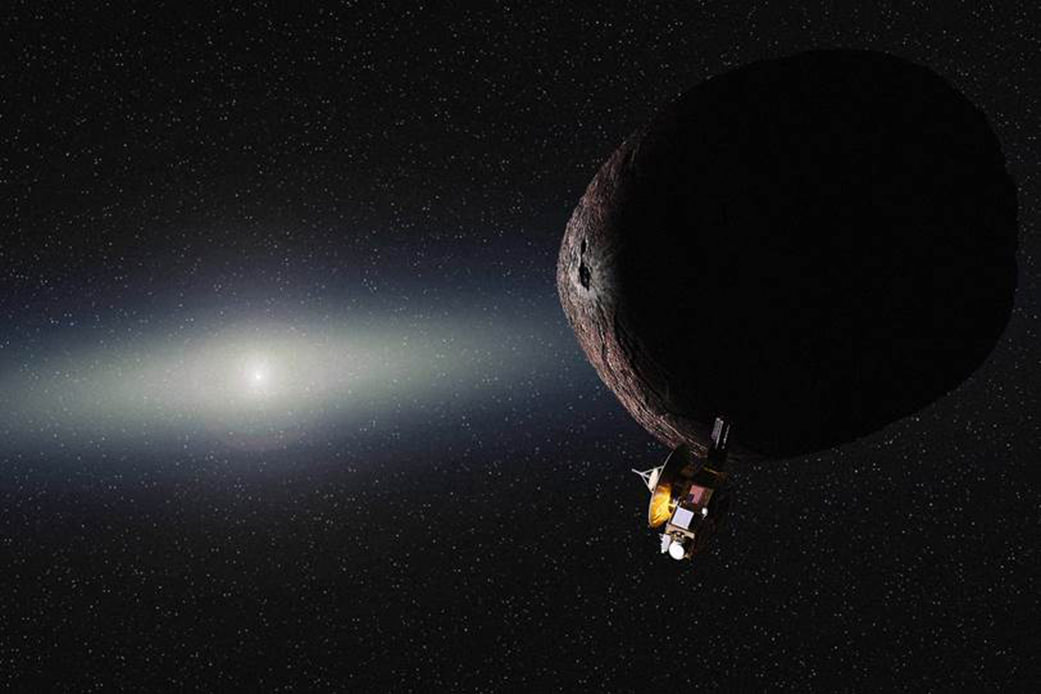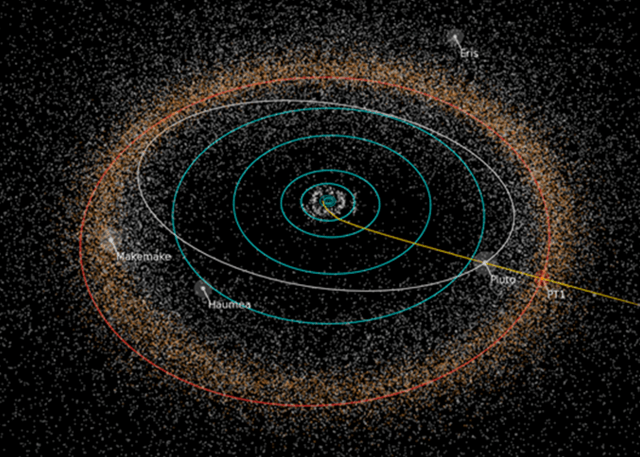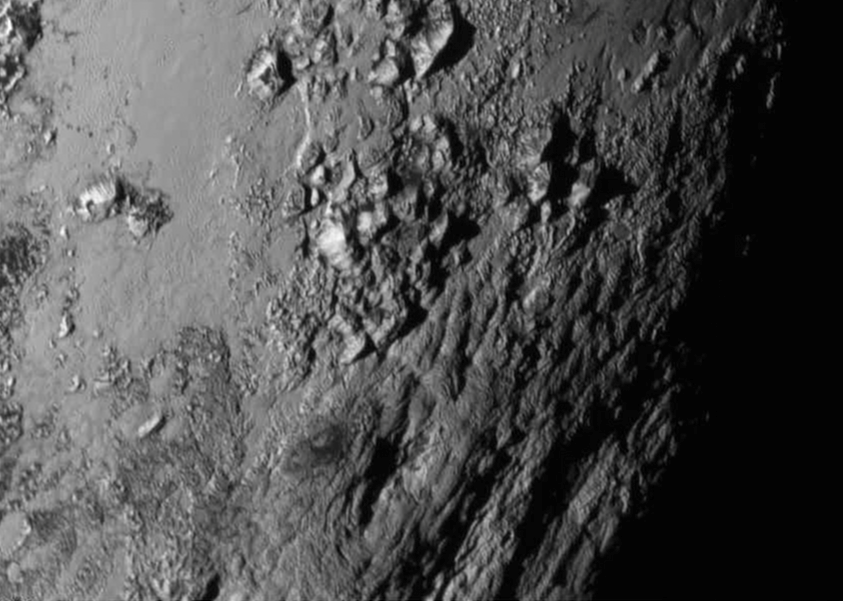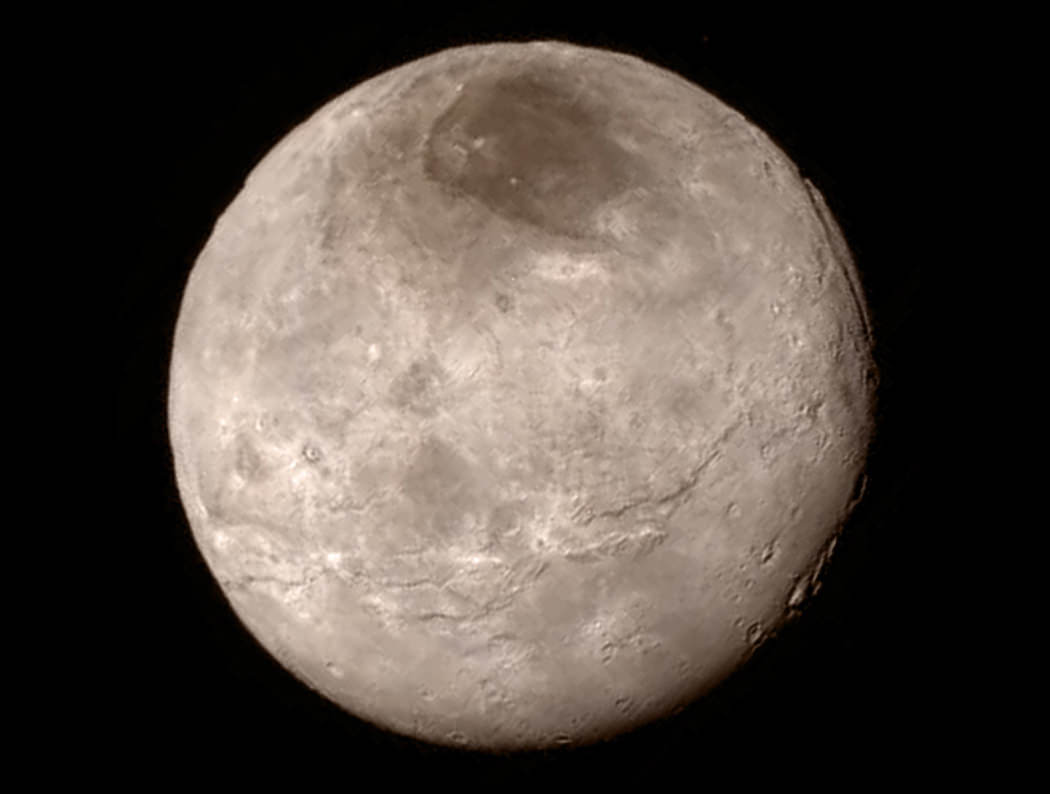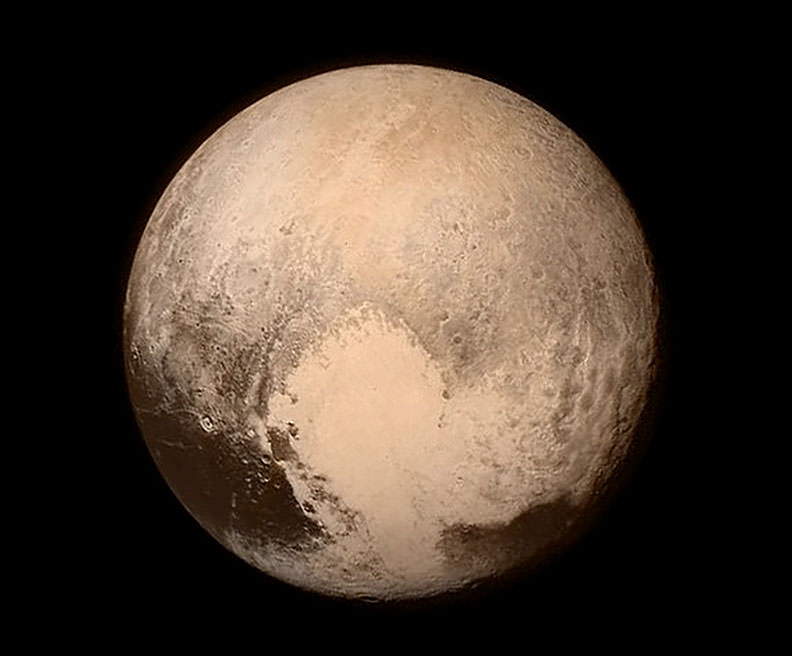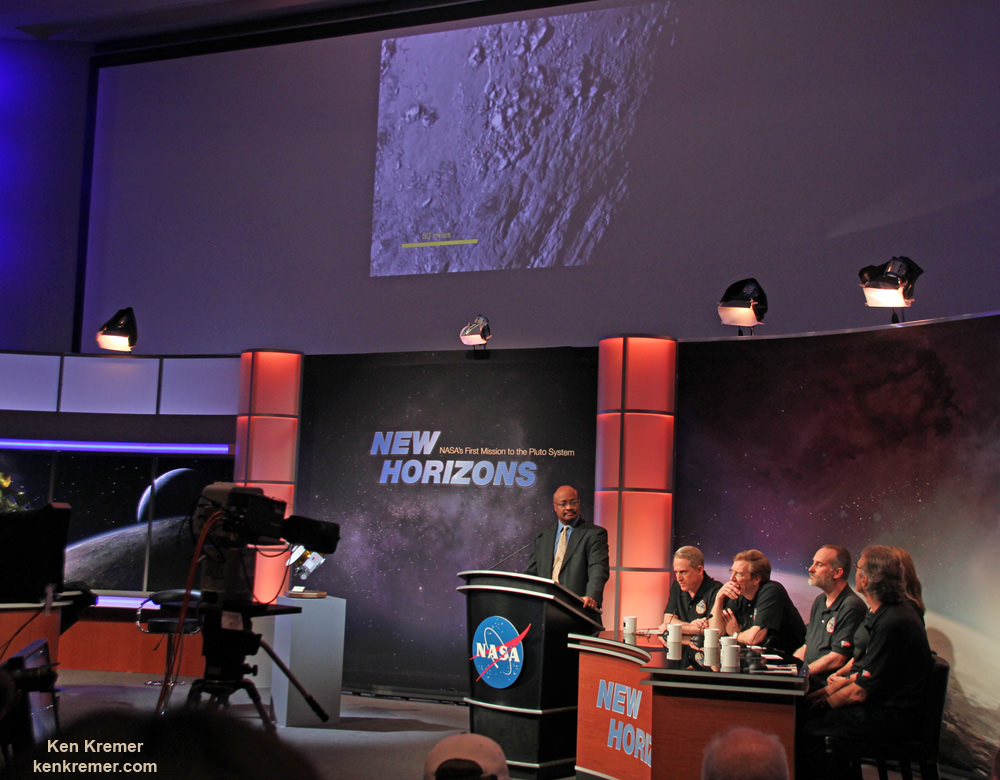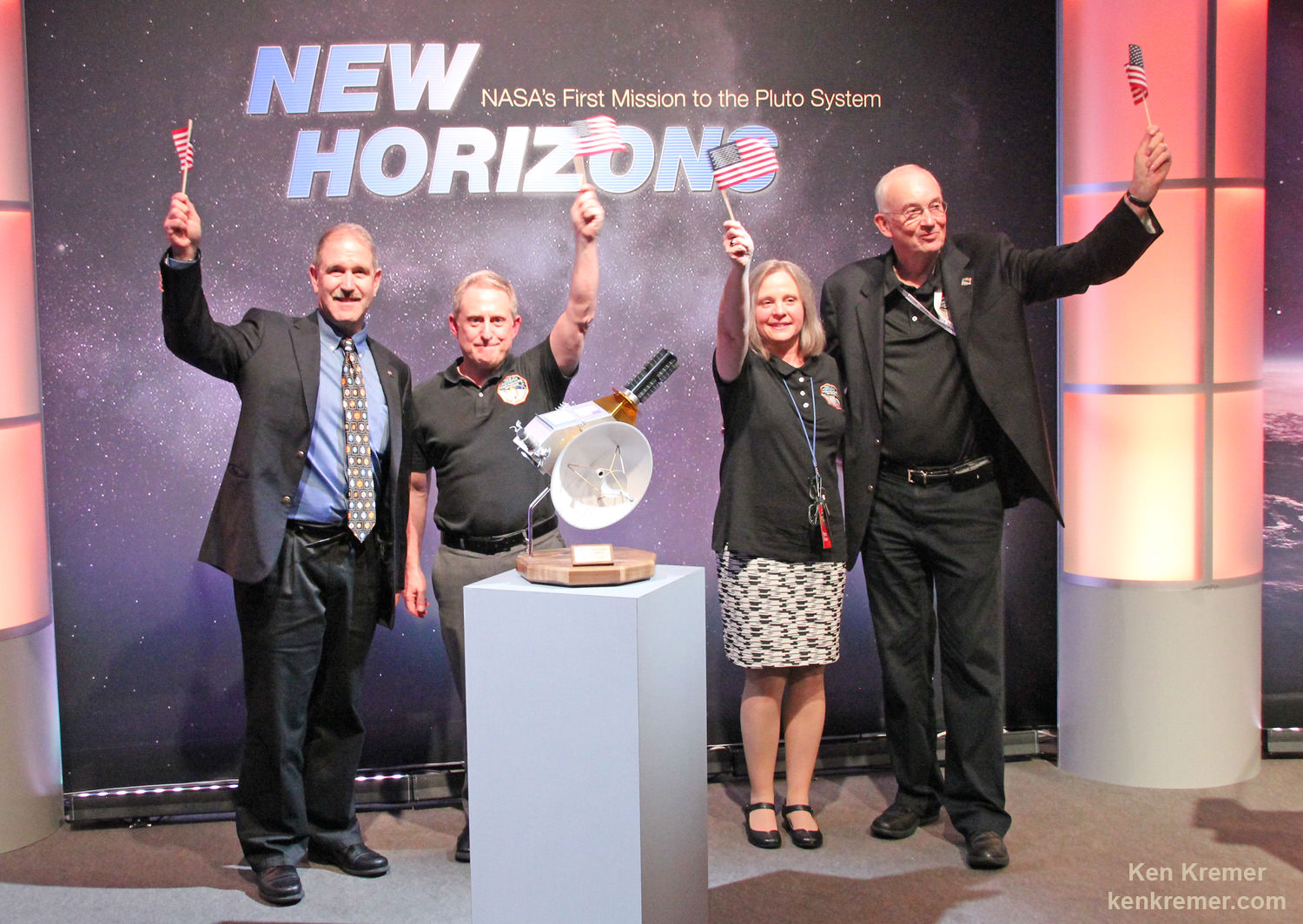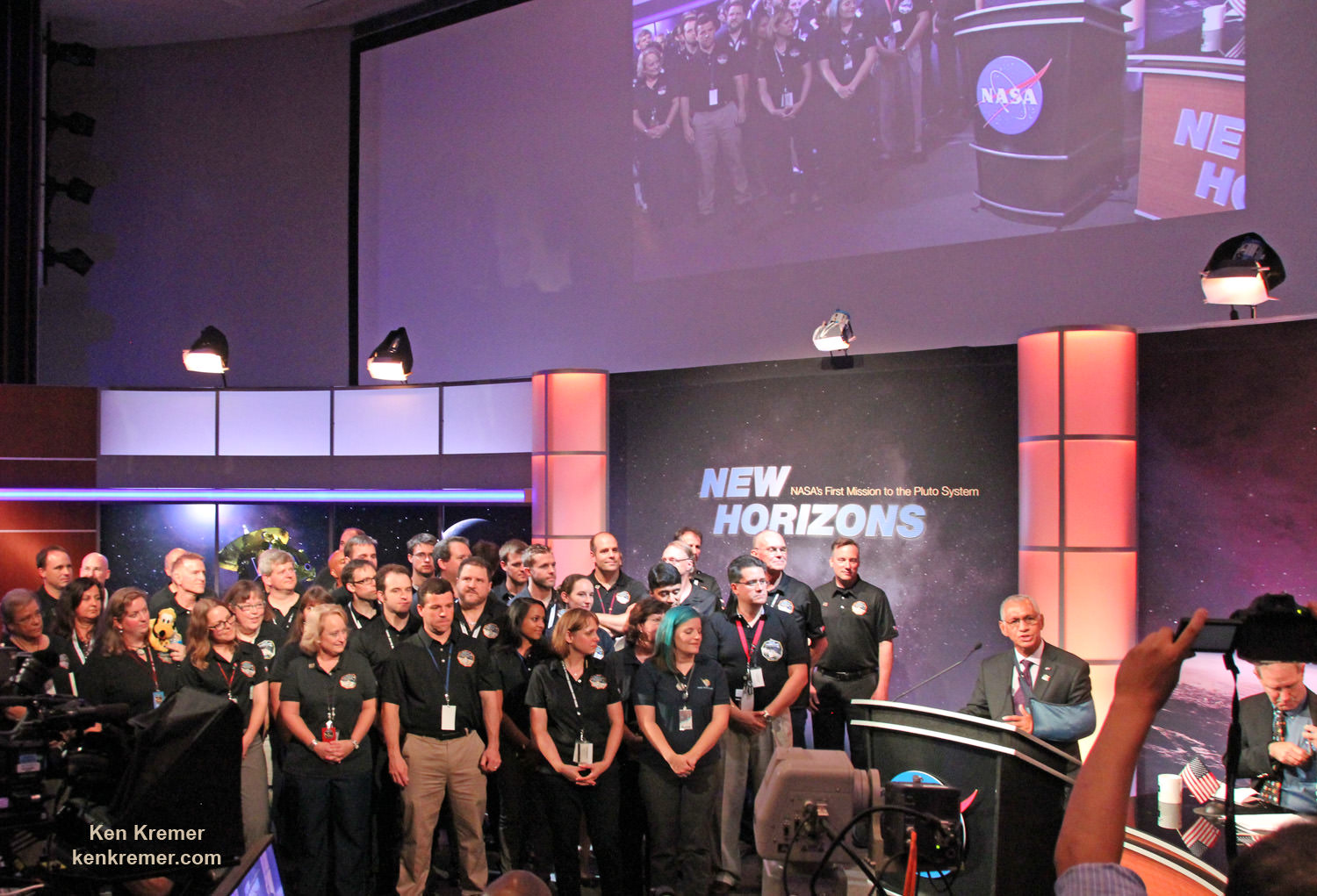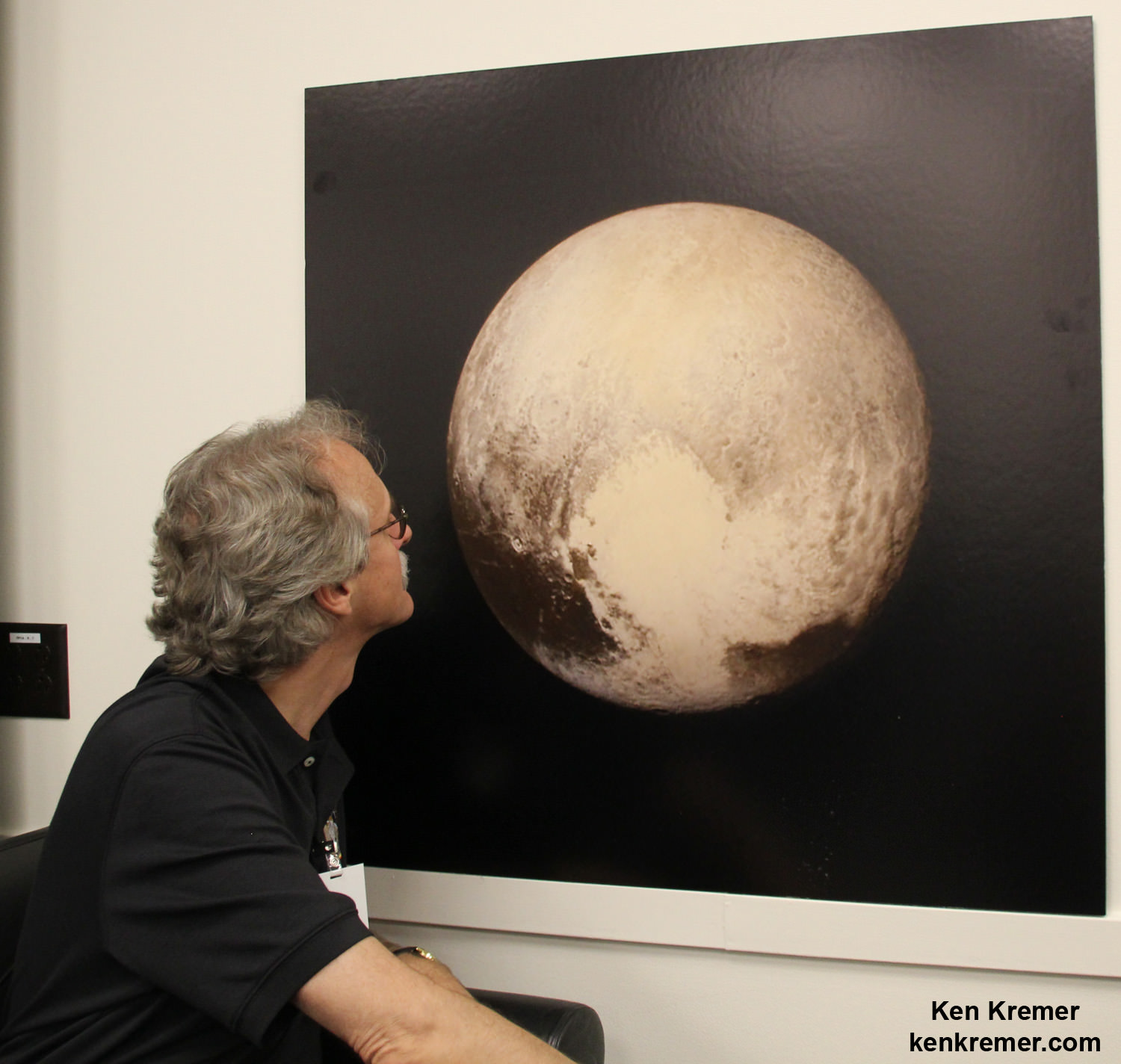Even the most curmudgeonly anti-space troll has to admit that the New Horizons mission to Pluto has been an overwhelming success.
It’s not like New Horizons discovered life or anything, but it did bring an otherwise cold, distant lump to life for humanity. Vivid images and detailed scientific data revealed Pluto as a dynamic, changing world, with an active surface and an atmosphere. And we haven’t even received all of the data from New Horizons’ mission to Pluto yet.
Fresh off its historic visit to Pluto, New Horizons is headed for the Kuiper Belt, and just sent back its first science on one of the denizens of the distant belt of objects. The target in this case is 1994 JR1, a 145 km (90 mi.) wide Kuiper Belt Object (KBO). that orbits the Sun at a distance greater than 5 billion km. (3 billion mi.) New Horizons has now observed 1994 JR1 twice, and the team behind the mission has garnered new insights into this KBO based on these observations.
The spacecraft’s Long Range Reconnaissance Imager (LORRI) captured images of 1994 JR1 on April 7th-8th from a distance of 111 million km. (69 million mi.). That’s far closer than the images New Horizons captured in November 2015 from a distance of 280 million km (170 million miles).
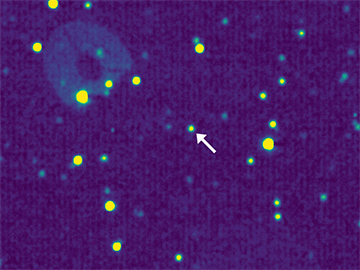
New Horizons science team member Simon Porter, of the Southwest Research Institute (SwRI) in Boulder Colorado, commented on the importance of these images. “Combining the November 2015 and April 2016 observations allows us to pinpoint the location of JR1 to within 1,000 kilometers (about 600 miles), far better than any small KBO,” Porter said.
Porter added that this accurate measurement of the KBO’s orbit allows New Horizons science team members to quash the idea that JR1 is a quasi-satellite of Pluto.
The team was also able to determine, by measuring the light reflected from the surface, that JR1’s rotational period is only 5.4 hours. That’s fast for a KBO. John Spencer, another New Horizons science team member from SwRI, said “This is all part of the excitement of exploring new places and seeing things never seen before.”

Credit: NASA/Johns Hopkins University Applied Physics Laboratory/Southwest Research Institute
KBOs are ancient remnants of the early days of the Solar System. Whereas the inner regions of the Solar System were largely swept clean as the planets formed, the Kuiper Belt remained mostly as it is, untouched by the gravity of the planets.
There are trillions of objects in this cold, distant part of the Solar System. The Kuiper Belt itself spans a distance that is 30 to 50 times greater than the distance from the Earth to the Sun. It’s similar to the asteroid belt between Mars and Jupiter, but Kuiper Belt objects are icy, whereas asteroid belt objects are rocky, for the most part.
The New Horizons team has requested a mission extension, and if that extension is approved, the target is already chosen. In August 2015, NASA selected the KBO 2014 MU69, which resides in an orbit almost a billion miles beyond Pluto. There were two potential destinations for the spacecraft after it departed Pluto, and 2014 MU69 was recommended by the New Horizons team, and chosen by NASA.
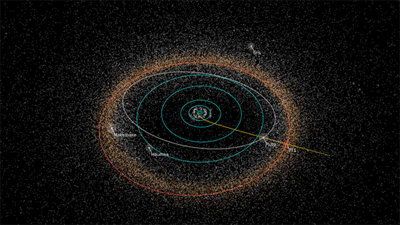
Choosing New Horizons’ next target early was important for fuel use. Fuel conservation allows the spacecraft to perform the maneuvers necessary to reach 2014 MU69. If all goes well, New Horizons should reach its next target by January 2019.
According to Alan Stern, New Horizons Principal Investigator, there are good reasons to visit 2014 MU69. “2014 MU69 is a great choice because it is just the kind of ancient KBO, formed where it orbits now, that the Decadal Survey desired us to fly by,” he said. “Moreover, this KBO costs less fuel to reach [than other candidate targets], leaving more fuel for the flyby, for ancillary science, and greater fuel reserves to protect against the unforeseen.”
The Decadal Survey in 2003 strongly recommended that flybys of Pluto and small KBOs should be conducted. The KBO is an unexplored region, and these flybys will allow us to sample the diversity of objects in the belt.
If New Horizons makes it to its next target, 2014 MU69, and delivers the types of results it has so far in its journey, it will be an unprecedented success. The kind of success that will make it harder and harder to be a curmudgeonly anti-space troll.
Wait. Who am I kidding.
Haters gonna hate.

